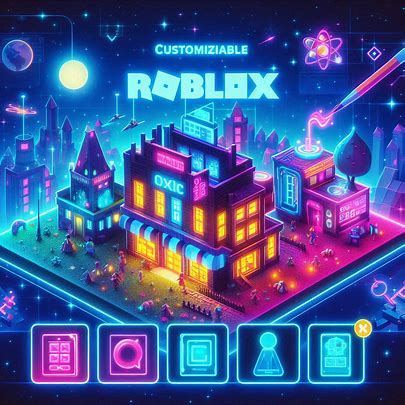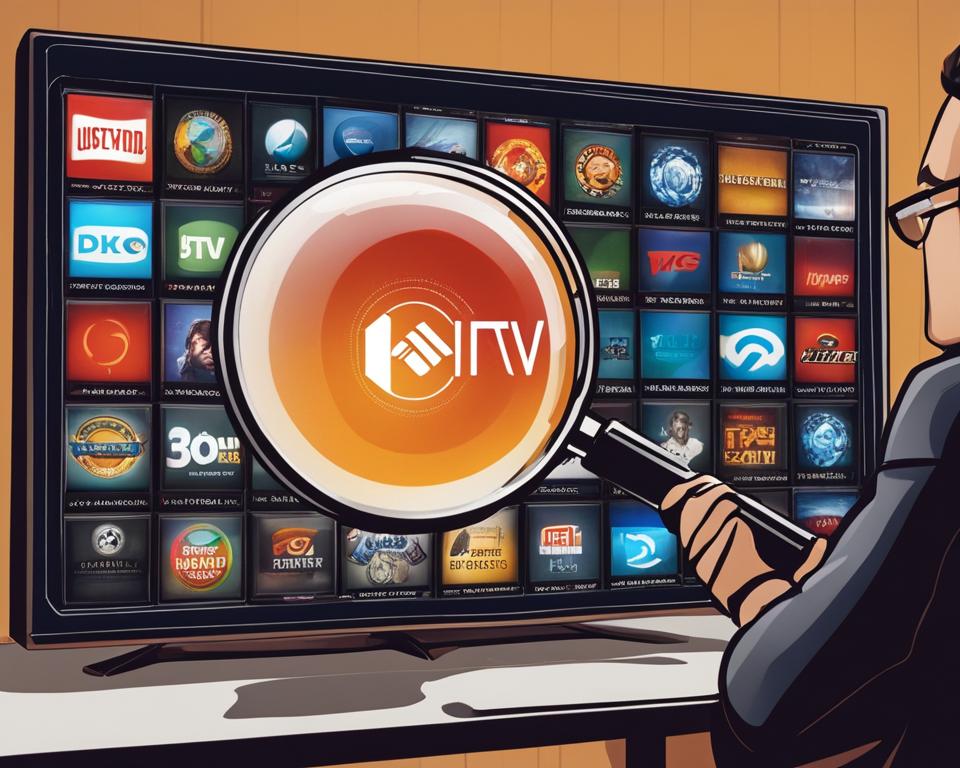Roblox thrives on creativity. Millions of players and developers shape its vibrant universe daily. Yet, the official Roblox launcher has limitations. It restricts customization and performance tweaks. Enter community-driven bootstrappers like Bloxstrap and Fishstrap. These tools empower users to enhance their gaming experience. They offer features the default launcher lacks. This evolution reflects the Roblox community’s ingenuity. Let’s explore how these tools transform gameplay.
Bloxstrap emerged as a game-changer. Developed by pizzaboxer in C#, it replaced the standard Roblox launcher. It introduced persistent file modifications. Players could tweak UI elements or restore the classic death sound. Bloxstrap also supported FastFlag editing. This allowed users to toggle experimental features. Discord Rich Presence integration was another hit. It let players share their game status seamlessly. Curious about server locations? Bloxstrap’s region checker had you covered. Its open-source nature fostered trust. Users could inspect the code on GitHub. For more advanced features, check out fishstrap.org. It builds on Bootstrap’s foundation.
The Rise of Fishstrap

Fishstrap, a fork of Bloxstrap, took things further. Created by developer returnrqt, it’s also coded in C# and Python. Fishstrap keeps Bloxstrap’s core features but adds more control. One standout? Update management. Bloxstrap offered limited options for skipping updates. Fishstrap lets users bypass unnecessary ones entirely. This saves time and boosts efficiency. Plus, it supports multi-instance launching. Players can run multiple Roblox sessions without workarounds. Imagine spectating and playing in the same game. Fishstrap makes it effortless.
Why choose Fishstrap? It’s about precision. The bootstrapper offers advanced FastFlag customization. Users can fine-tune graphics, networking, and UI elements. It also optimizes performance. Fishstrap disables heavy effects like player shadows or post-processing. The result? Higher FPS and smoother gameplay, even on low-end PCs. Detailed logs are another perk. They track join/leave events, chat messages, and performance metrics. Developers love this for monitoring servers. Casual players enjoy the cleaner interface. Fishstrap’s menu settings are intuitive and structured.
Community Power in Action
Open-source projects like these thrive on community input. Fishstrap’s GitHub repository buzzes with activity. It has 128 stars and counting. Users report bugs, suggest features, or contribute code. The MIT License ensures transparency. Anyone can inspect or modify the source. This openness builds trust. It also drives innovation. Fishstrap’s Discord community is equally vibrant. Players share tips, troubleshoot issues, and brainstorm ideas. Contrast this with the default Roblox launcher. It’s closed-source and rigid. Community-driven tools fill that gap.
However, challenges exist. Fishstrap is Windows-only. macOS users must rely on emulators, which aren’t guaranteed to work. Some worry about safety. Is Fishstrap malware? No, it’s safe. It doesn’t modify the Roblox client. VirusTotal scans confirm its integrity. Still, Roblox’s anti-cheat can flag third-party tools. Users report occasional pop-ups when launching. These are usually harmless. The community advises downloading from official sources like GitHub to avoid risks.
READ ALSO: Maximize Your Gaming Experience with a Genuine Windows 11 Pro Key through Reddit
The Future of Roblox Customization
What’s next for these bootstrappers? Fishstrap’s latest release, v2.9.1.1, dropped in March 2025. It fixed bugs and improved workflows. Features like Ansel/Bloxshade support were removed due to Roblox restrictions. Yet, the team keeps pushing forward. Regular updates ensure compatibility with Roblox’s evolving platform. Meanwhile, Bloxstrap remains popular, with 945 GitHub stars. Its multi-instance support was briefly discontinued but recently restored. Both tools show the power of user-driven tech.
Community-driven bootstrappers redefine Roblox gaming. They offer freedom and flexibility. Bloxstrap laid the groundwork. Fishstrap built on it with bolder features. Together, they empower players and developers alike. Want to tweak your Roblox experience? These tools are your ticket. Join the community. Contribute ideas. Shape the future of gaming. The Roblox universe is yours to customize.


 Creating video games that resonate with players is not just about dazzling graphics or complex storylines; it’s about designing experiences that meet the needs and expectations of the users. User-centered design (UCD) has become essential in video game development, shaping the way developers create engaging, accessible, and enjoyable games for players across the world. By focusing on the player’s experience, game developers can ensure that their creations are playable and deeply immersive.
Creating video games that resonate with players is not just about dazzling graphics or complex storylines; it’s about designing experiences that meet the needs and expectations of the users. User-centered design (UCD) has become essential in video game development, shaping the way developers create engaging, accessible, and enjoyable games for players across the world. By focusing on the player’s experience, game developers can ensure that their creations are playable and deeply immersive.


